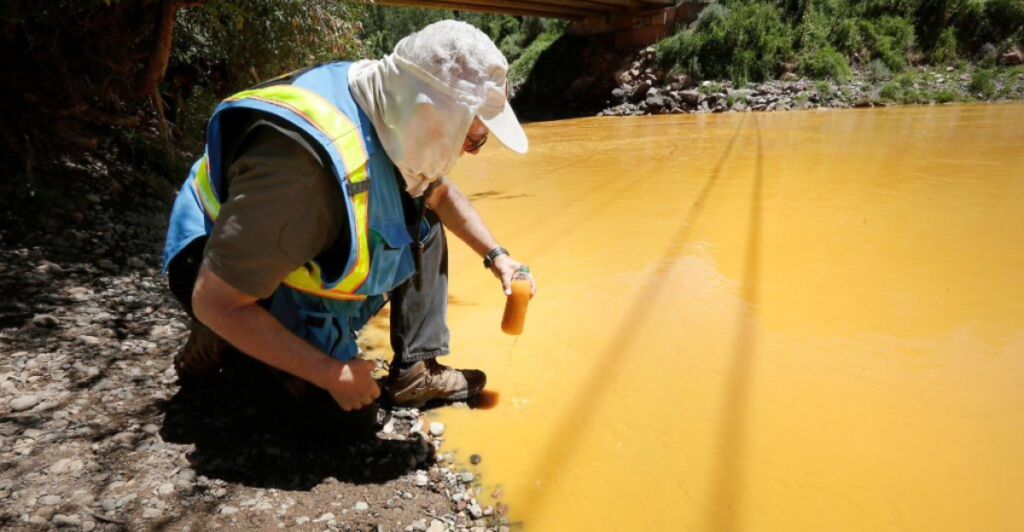
The Environmental Protection Agency (EPA) plans to revise rules for disposing of wastewater from oil and gas drilling, known as “produced water.” This water contains toxic chemicals like benzene and arsenic. The proposed changes deregulate roughly three dozen policies that may allow treated wastewater to be discharged into rivers and streams over a wider area to spur the U.S. economy. Many of these changes are likely to undo significant conservation efforts that protect clean air and water. While the EPA claims that advanced treatment technologies can reduce environmental risks, critics are concerned about potential impacts on wildlife and ecosystems.
The Genesis of Produced Water
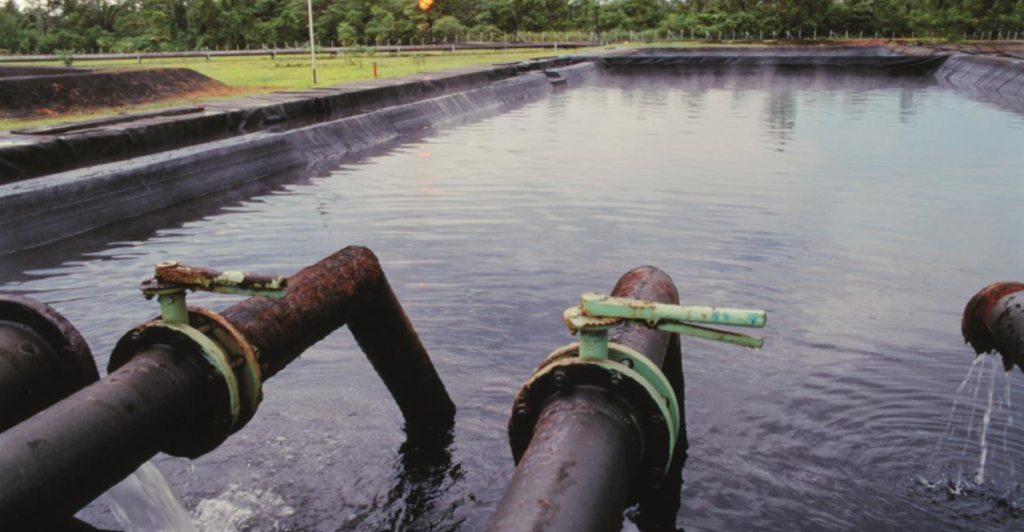
In the early production of oil and gas, produced water was an easily managed waste product. After the advent of hydraulic fracturing, or fracking, however, the volume of this wastewater rose exponentially. Fracking is when high-pressure fluid is pumped into underground rock to bring forth oil and gas, creating wastewater with chemicals and naturally occurring toxins. New disposal procedures were needed because fracking negatively impacts wildlife and the environment through habitat destruction, water contamination, and pollution.
Historic Disposal Practice and Its Shortcomings
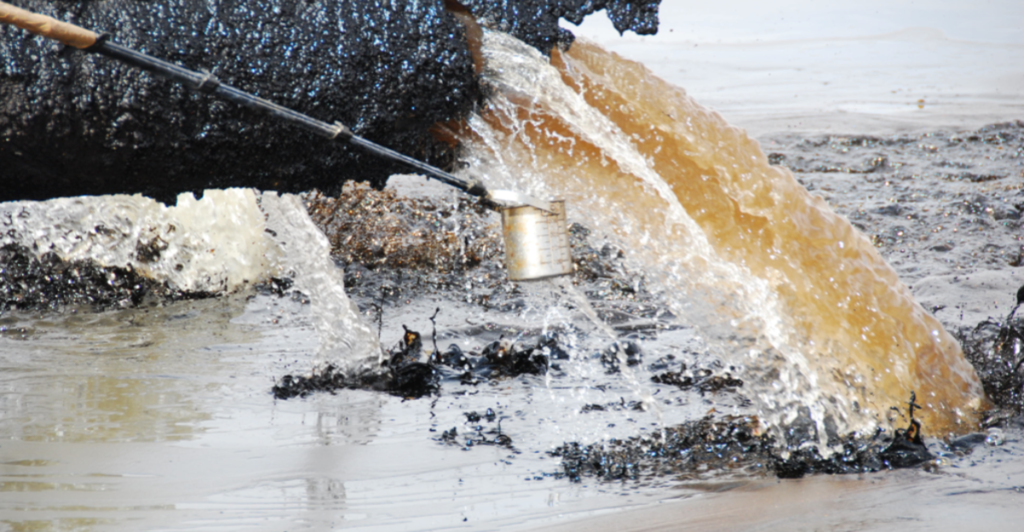
Previously, produced water was injected deep into holes on the earth’s surface. Though this method kept the contaminant from interacting with surface ecosystems, it has been connected with unforeseen impacts such as induced seismicity. For example, regions such as the Permian Basin have observed an increased frequency of earthquakes, prompting questions about the long-term implications of this disposal method.
EPA’s Proposed Regulatory Changes
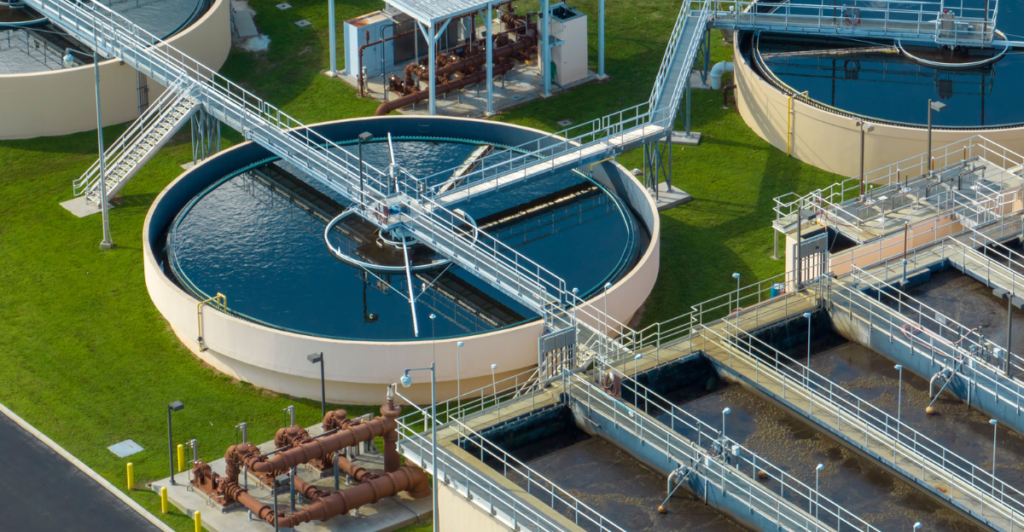
The EPA’s proposed changes seek to update the wastewater regulations from the 1970s. The goal is to leverage technology to safely manage surface water injections and recycling in industrial and agricultural applications following treatment. This aims to decrease reliance on underground injection practices and improve resource sustainability.
Regulatory Oversight and Compliance Challenges
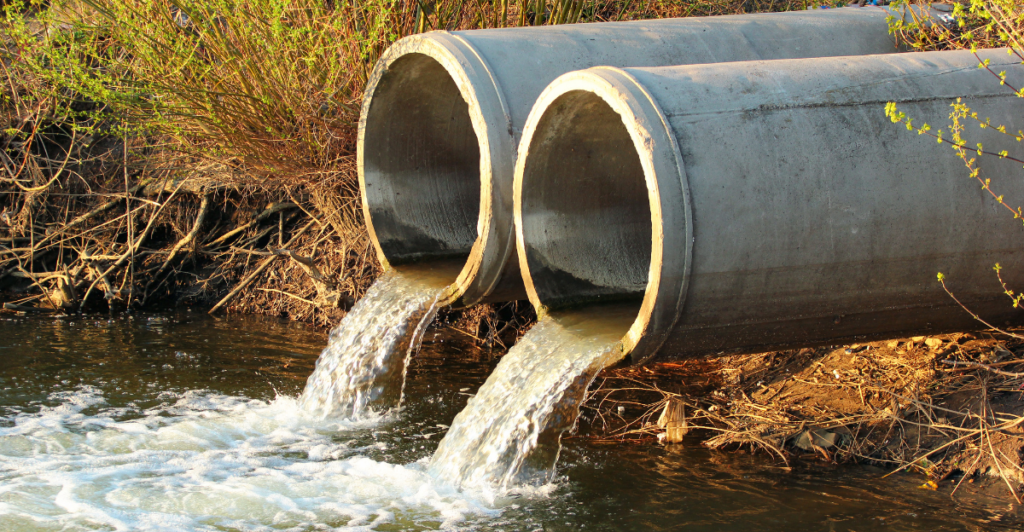
Environmental regulation compliance has been a recurring challenge. Typical violations include incorrect waste labeling and open container infractions, which can lead to environmental contamination. Decreasing regulations without improving enforcement systems could increase the risk of such violations, threatening environmental protection measures.
Possible Environmental Impacts

Due to their toxic nature, produced waters are extremely detrimental to the environment. These waters contain high levels of organic and inorganic pollutants, such as hydrocarbons, heavy metals, and salts, which tend to degrade soil quality, destroy vegetation, and contaminate freshwater bodies. This negatively impacts plant growth and leads to erosion, ultimately harming ecosystems, reducing biodiversity, and threatening food security and clean water in communities.
Putting Wildlife at Risk
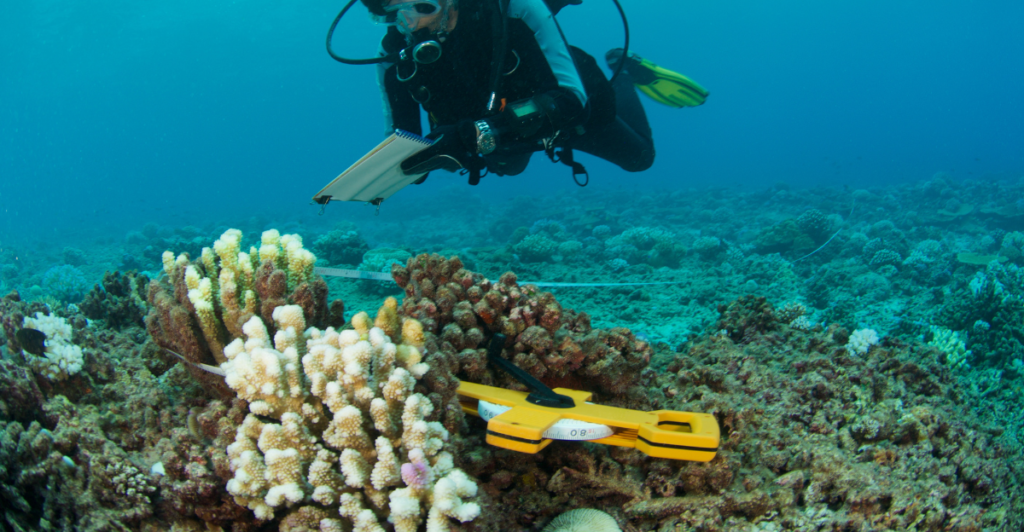
Produced waters discharged into aquatic environments destabilize ecosystems by introducing toxins that are poisonous to aquatic life and settle in sediments, where they can inflict damage on bottom-dwelling organisms. Further, the occurrence of harmful compounds, such as polycyclic aromatic hydrocarbons (PAHs), in fish tissues illustrates the long-term ecological risks, endangering whole marine ecosystems.
The Effectiveness of Advanced Treatment
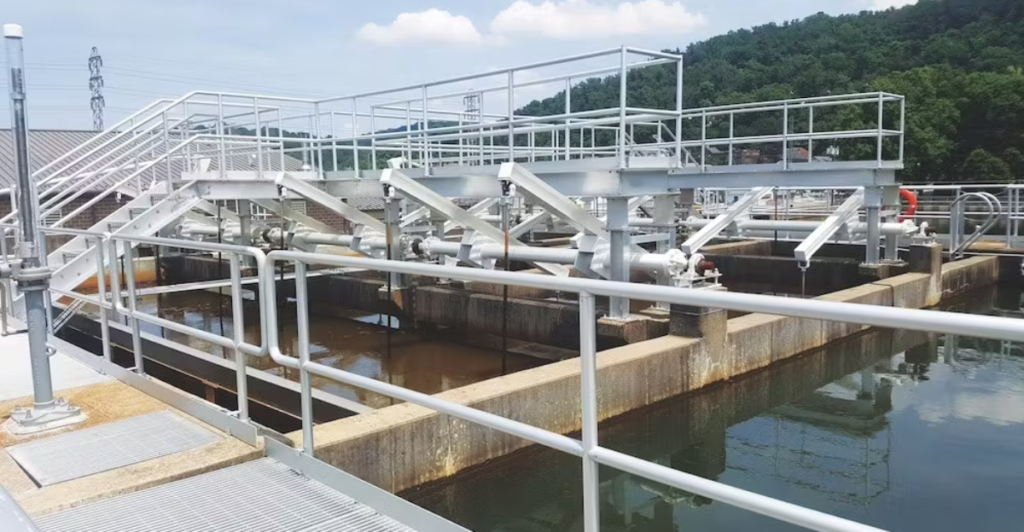
Critics argue that even with advanced treatment, residual contaminants in discharged wastewater could pose risks to aquatic ecosystems. For example, a study conducted near a wastewater disposal facility in West Virginia showed that some of the chemicals found in produced water disrupted the endocrine systems of wildlife, resulting in reproductive and developmental issues. This finding is significant because the treatment procedures employed may not eliminate toxic chemicals entirely and, therefore, pose a significant health and conservation concern.
Economic and Technological Benefits
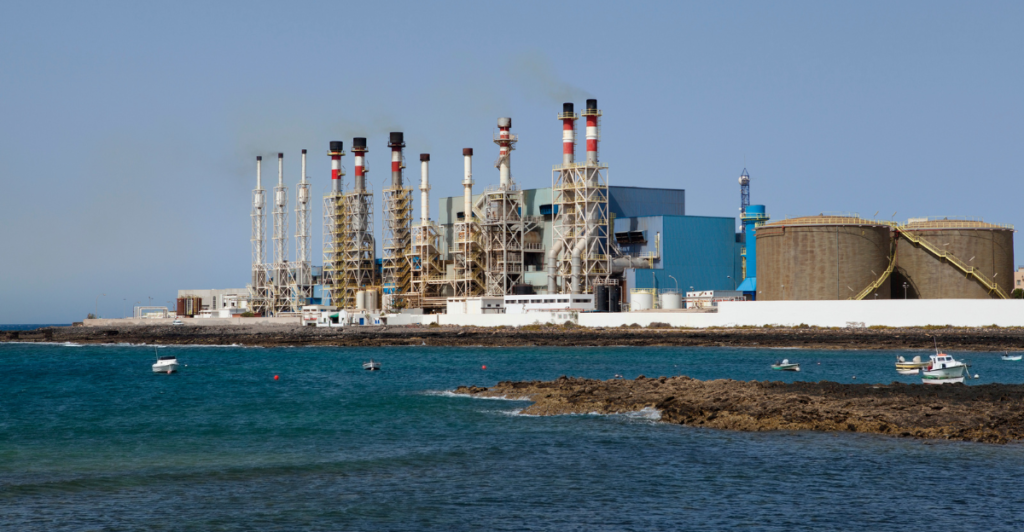
Those in favor of the proposed amendments argue that allowing the reuse and discharge of treated produced water can assist in solving water scarcity in regions with arid environments, thereby placing emphasis on innovation as a solution to environmental issues. They suggest that with stringent treatment processes, resource conservation, and economic efficiency gains outweigh potential environmental effects.
Lessons from the Past

Furthermore, history warns of industrial waste dumping and the subsequent environmental and wildlife degradation. In the 1950s, a Minamata epidemic in Japan, caused by mercury-poisoned industrial wastewater, is as a grim reminder of the catastrophic consequences of inadequate waste management. Therefore, it is paramount to carefully monitor the long-term impacts of wastewater disposal processes on the health of wildlife, ecosystems, the environment, and humans alike.
Economic Growth vs Environmental Preservation
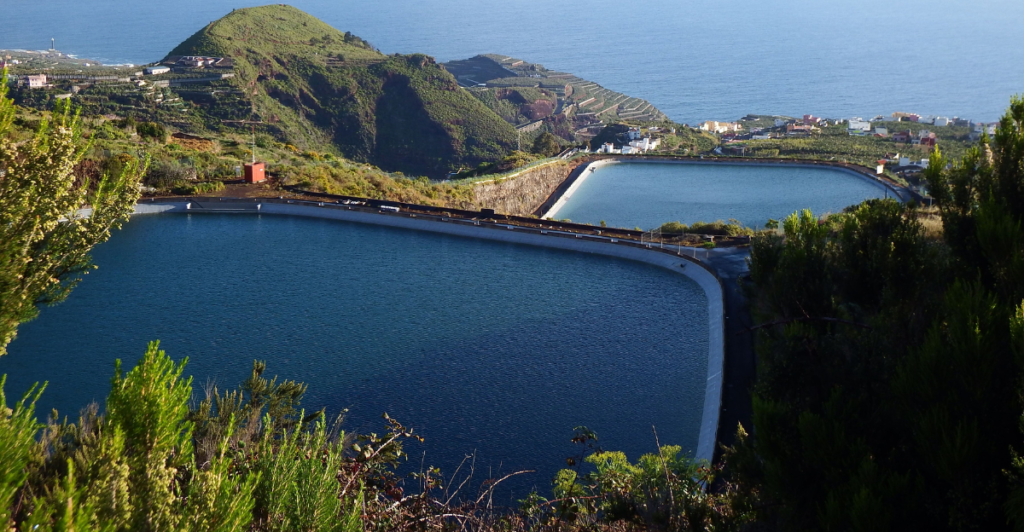
The debate over changes to the EPA highlights the challenge of balancing economic growth with environmental protection. Flexible regulations can boost industry and innovation but must consider ecological impacts. It goes without saying that achieving this balance requires smart policies, scientific research, and civil activism to ensure progress doesn’t harm global health.
Explore more of our trending stories and hit Follow to keep them coming to your feed!

Don’t miss out on more stories like this! Hit the Follow button at the top of this article to stay updated with the latest news. Share your thoughts in the comments—we’d love to hear from you!







